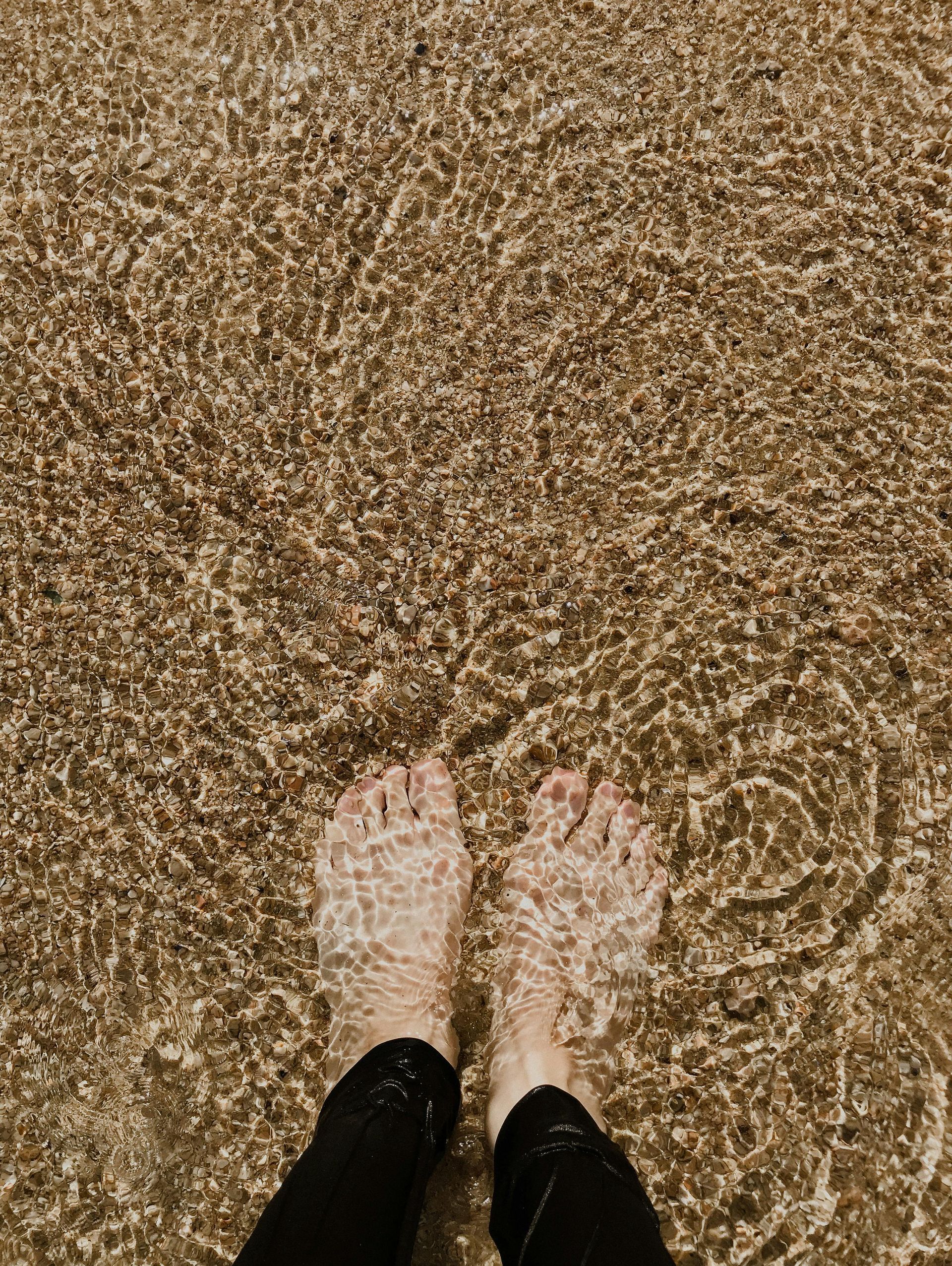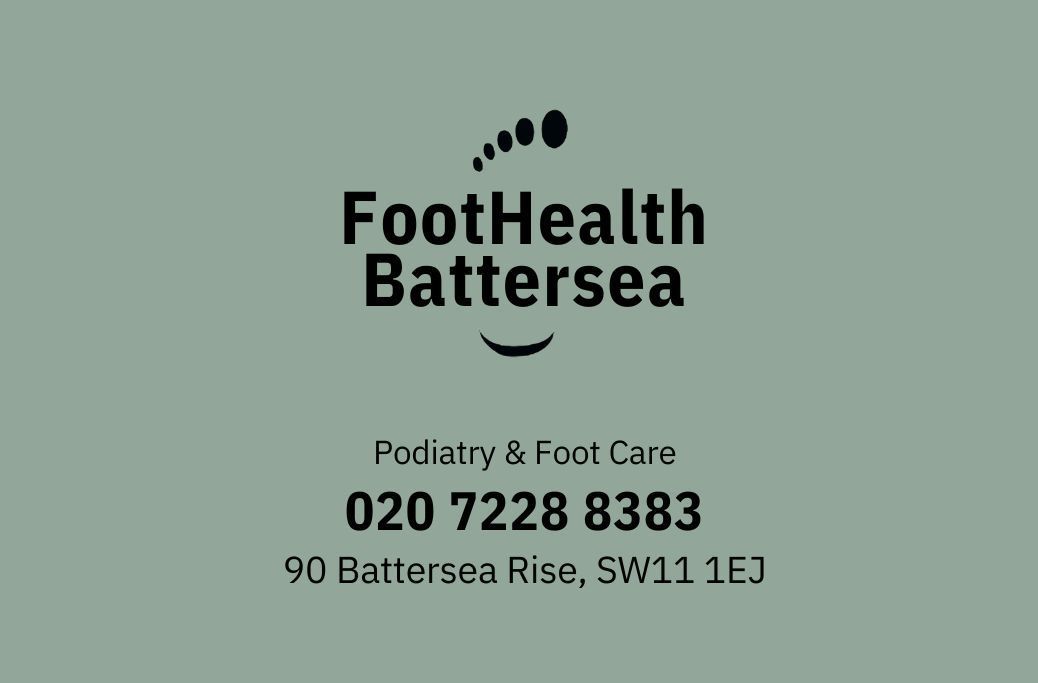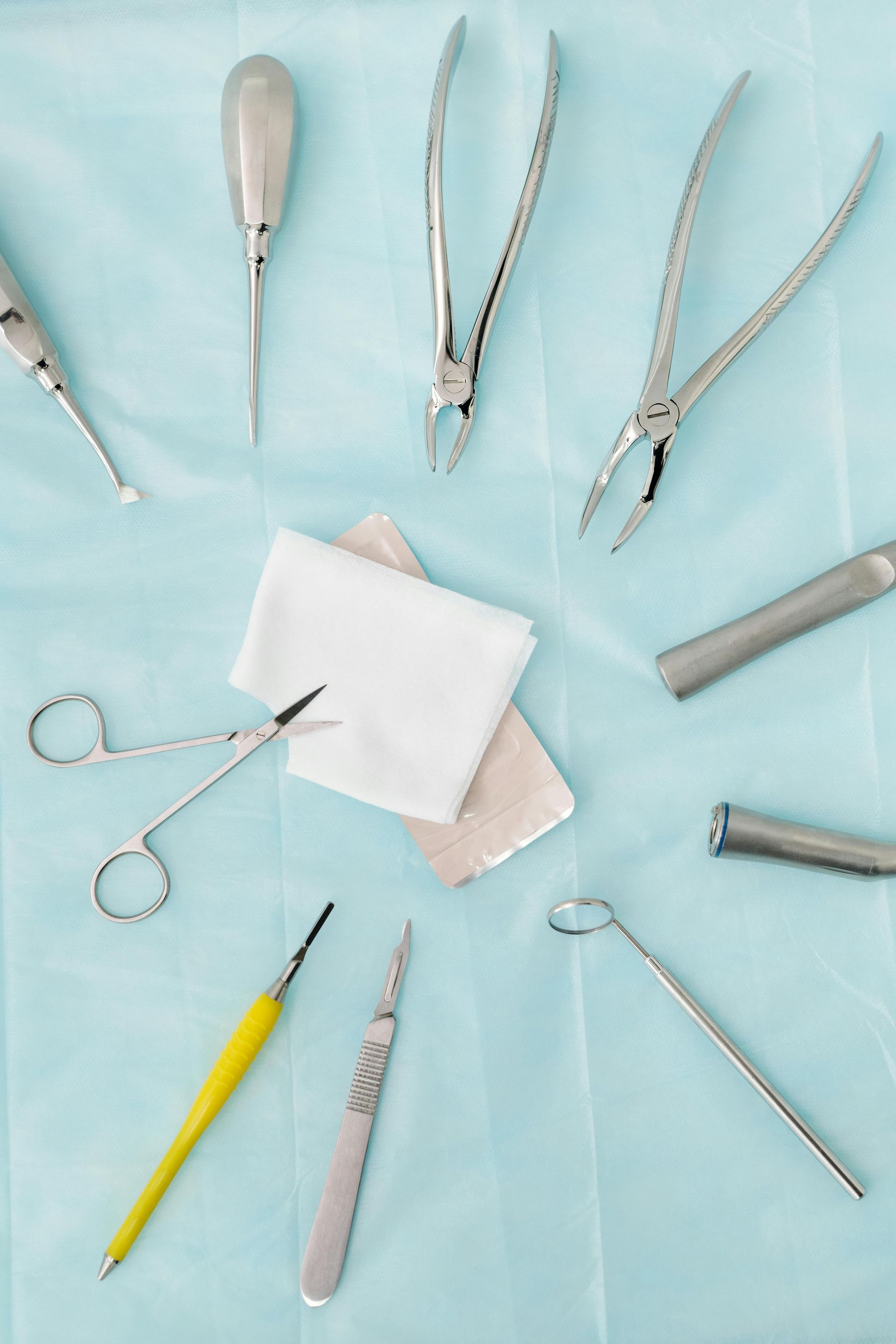020 7228 8383 info@foothealthbattersea.co.uk
Verrucas: Myths, Facts, and Effective Treatment for Healthy Feet in Battersea
Verrucas: Myths, Facts, and Effective Treatment for Healthy Feet in Battersea

Verrucas are a common and often uncomfortable foot condition that many people face, but there’s a lot of confusion surrounding them. Let’s set the record straight on what verrucas are, what they look like, and how you can effectively treat them with the help of a podiatrist at FootHealth Battersea.
What is a Verruca?
A verruca is a type of wart that appears on the sole of the foot. Caused by the human papillomavirus (HPV), it typically develops in areas that experience repeated pressure or friction, such as the heels or balls of the feet. Verrucas thrive in warm, moist environments, making public swimming pools, communal showers, and gym changing rooms common places where people contract the virus.
Verrucas are generally harmless but can be painful, especially when they form in weight-bearing areas. Since they are caused by a virus, they can spread from person to person through direct contact with infected skin or surfaces. If left untreated, verrucas may multiply, forming clusters known as mosaic warts.
What Do Verrucas Look Like?
Verrucas have a distinctive appearance that sets them apart from other common foot issues like corns and calluses. Here’s how to recognize them:
- They are usually round or oval-shaped with a rough, grainy texture.
- The color may vary from skin-colored to grayish or yellowish, often blending with the surrounding skin.
- Many verrucas contain tiny black dots, which are clotted blood vessels and not 'seeds' as commonly believed.
- The surface of a verruca may appear flat due to constant pressure, whereas warts on other parts of the body tend to be raised.
- They are often surrounded by a thickened area of skin, making them appear similar to corns, but verrucas are typically more painful when squeezed rather than pressed directly.
Myths vs. Facts About Verrucas
There is a lot of misinformation when it comes to verrucas. Here, we clear up some common myths:
- Myth: Verrucas always go away on their own.
- Fact: While some verrucas may disappear without treatment, others can persist for months or even years. Seeking professional treatment speeds up recovery and prevents spreading.
- Myth: Verrucas only affect children and young people.
- Fact: While they are more common in children due to weaker immune systems and more exposure to communal areas, verrucas can affect people of all ages.
- Myth: Cutting out a verruca at home is a good solution.
- Fact: Attempting to remove a verruca at home with sharp tools can lead to infection and further complications. Always seek professional treatment.
- Myth: Verrucas are extremely contagious.
- Fact: While the virus spreads through skin-to-skin contact or contaminated surfaces, practicing good hygiene can significantly reduce the risk of transmission.
How to Treat Verrucas: Best Options for Healthy Feet
Although verrucas may sometimes go away on their own, professional treatment ensures quicker relief and prevents recurrence. Below are the most effective treatment options:
1. Cryotherapy (Freezing Treatment)
Cryotherapy is one of the most common and effective treatments for verrucas. It involves applying liquid nitrogen to freeze and destroy the affected tissue. This method is often used when over-the-counter treatments fail. While it may require multiple sessions, it is a quick and efficient solution with minimal discomfort.
2. Topical Treatments
Over-the-counter treatments containing salicylic acid help break down the verruca over time. These treatments require consistent application, often over several weeks. For stubborn verrucas, a podiatrist can provide stronger topical medications that speed up the process.
3. Laser Treatment
For deep or particularly resistant verrucas, laser therapy may be an option. This method uses focused light to target and destroy the verruca tissue without affecting the surrounding skin. Laser treatments are effective but are usually reserved for cases that do not respond to other treatments.
4. Swift Microwave Therapy
This is a newer treatment that uses microwave technology to target the verruca and stimulate the body’s immune response to fight the virus. Swift therapy is a non-invasive, fast, and effective solution for stubborn verrucas.
5. Podiatric Debridement
A professional podiatrist can carefully remove the hardened skin around the verruca and apply medical treatments to accelerate healing. This method reduces pain and helps treatments penetrate more effectively.
Preventing Verrucas: Tips for Healthy Feet
Preventing verrucas is easier than treating them. Here’s how to protect your feet:
- Avoid walking barefoot in public areas like swimming pools, showers, and gyms.
- Keep your feet clean and dry, changing socks daily.
- Don’t share towels, socks, or shoes with someone who has a verruca.
- Wear waterproof flip-flops or sandals in communal spaces to reduce exposure to the virus.
- If you have a verruca, cover it with a waterproof plaster when swimming to prevent spreading it to others.
When to See a Podiatrist
If your verruca is causing pain, spreading, or not responding to over-the-counter treatments, it’s time to see a podiatrist. At FootHealth Battersea, our expert team offers a range of safe and effective treatments tailored to your specific needs.
Book your consultation today and take the first step toward pain-free feet!
Read More from our Blog
FootHealth Battersea Blog Spot
Can FootHealth Battersea assist you?
Our customers share the best stories! Discover why Foothealth Battersea is the preferred Podiatry clinic in South West, London.












